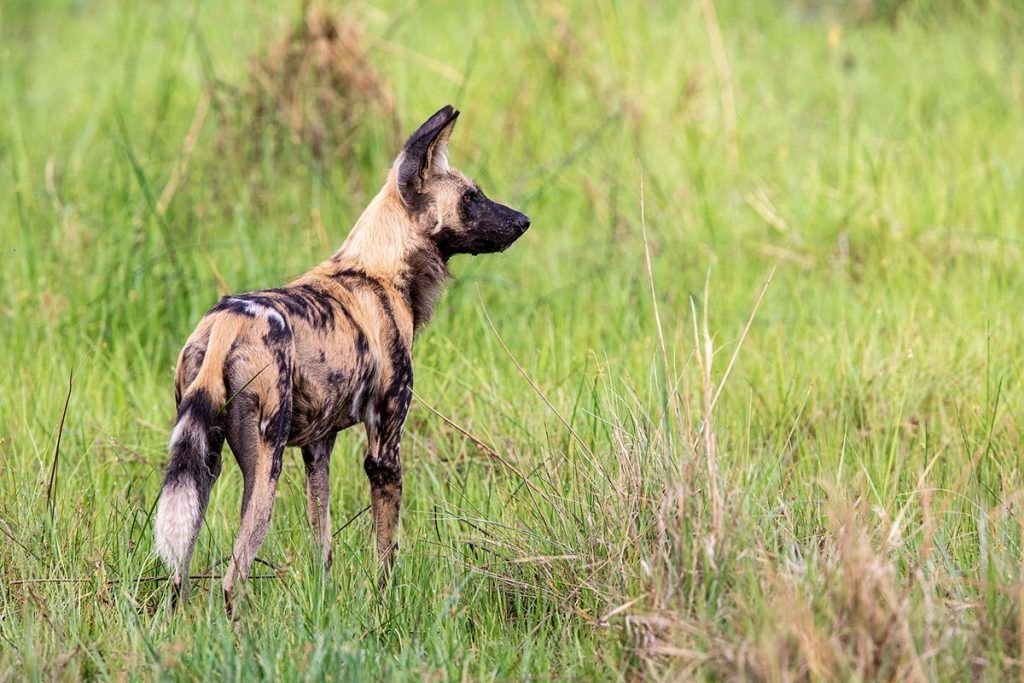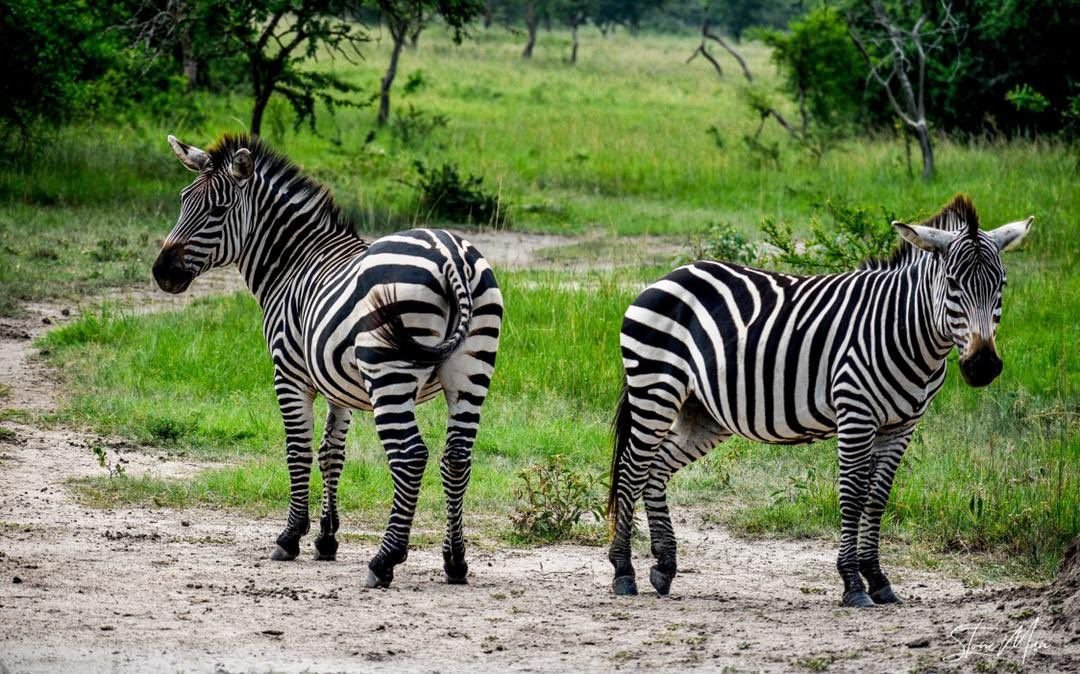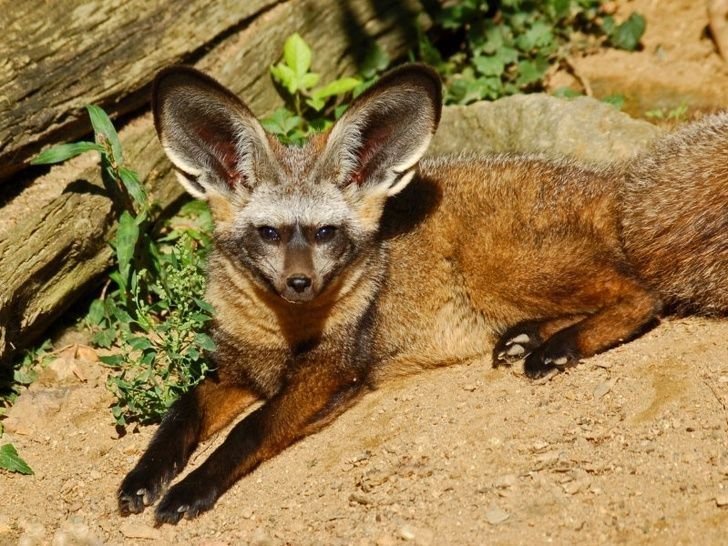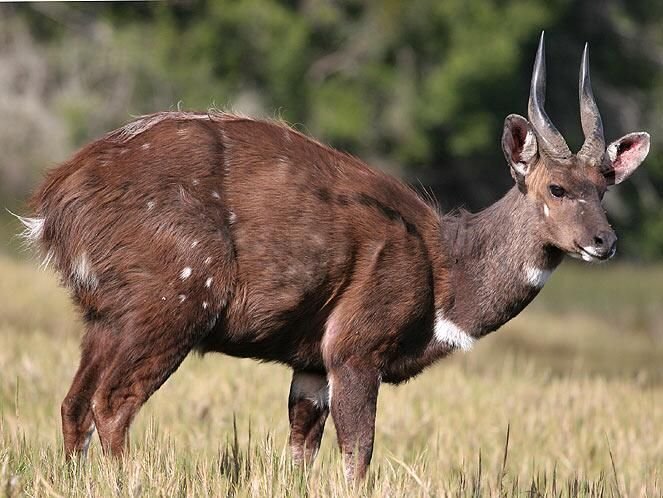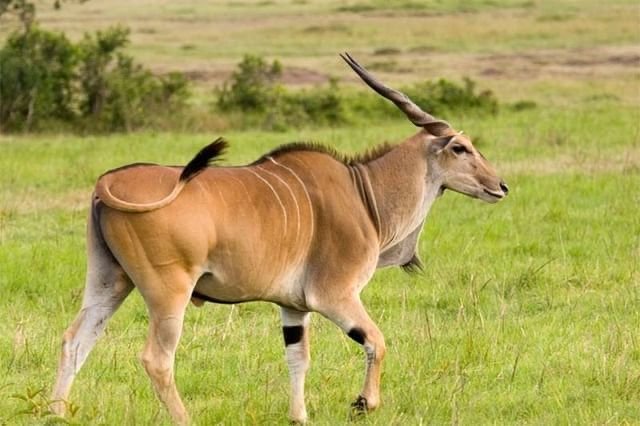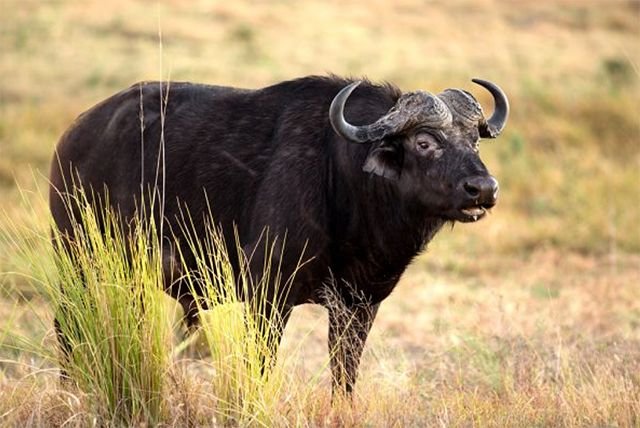Potto
The potto is a medium-sized nocturnal primate that resembles a sloth and lives in the depths of forests. It spends the night eating from tree branches and the day curled up to sleep in tree hollows. On escorted nighttime nature hikes in western Uganda's Kibale Forest, tourists occasionally encounter it.
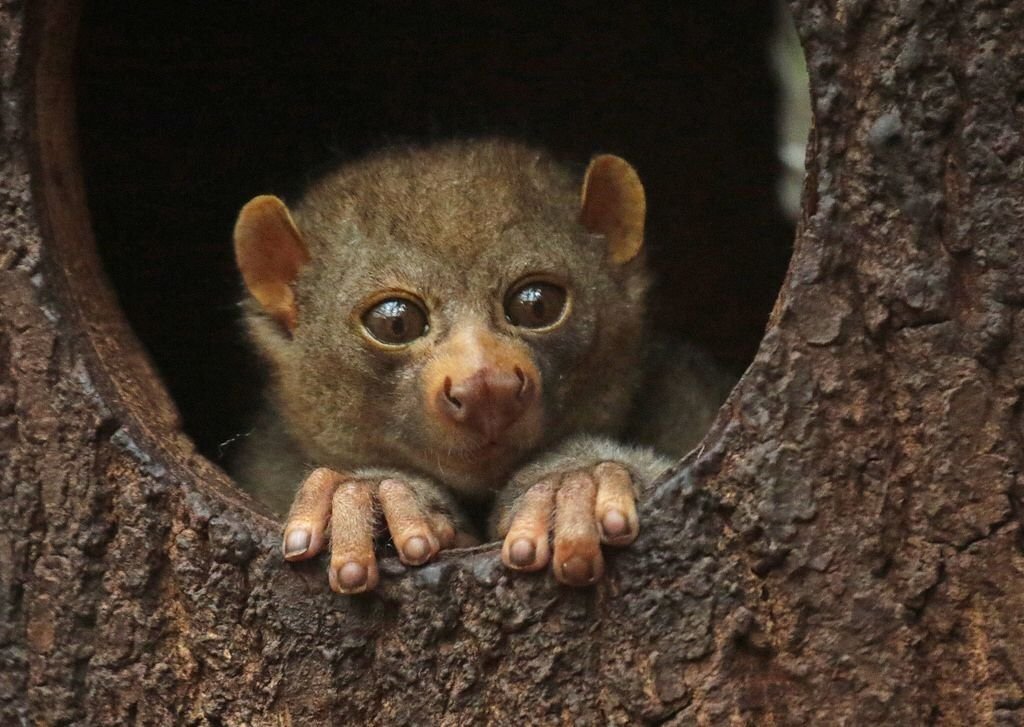
The Perodicticus genus of the family Lorisidae contains three species of strepsirrhine primates known as pottos. They are referred to as "softly-softly" in some English-speaking regions of Africa.
The potto possesses a moist nose, a teeth comb, and a toilet claw on the second toe of its hind legs, same as other strepsirrhines. In the hands and feet, the third and fourth fingers are joined by a thin skin fold, and the third through fifth toes are connected at the bases by a skin web that reaches almost to the middle of the proximal toes.
It holds onto branches firmly and clings to them tightly, yet when necessary, it can also travel fast among the trees with a fluid gliding gait that makes it largely unnoticeable.
Four to six low tubercles or growths that cover the neck's elongated vertebrae and have sharp tips that almost puncture the skin are employed as projectiles in self-defence. Both males and females have huge scent glands under their tails, which they use to mark their territories and strengthen pair ties (in females, the swelling caused by the glands is called a pseudo-scrotum). Some critics have compared the potto's distinctive smell to curry.
Potto Behaviour.
Pottos always hold a branch with at least two limbs and move slowly and carefully. They move covertly to evade predators and are also quiet. High-pitched "tsic" calls are most frequently heard between mothers and their young.
Pottos have extensive territories that they mark with glandular secretions and urine. Each male's territory typically overlaps with that of two or more females, and same-sex invaders are fiercely repelled. Daughters have been known to inherit a portion of their mothers' domains, but once they reach adulthood, sons move out of their mothers' care.
Pottos frequently meet for sessions of reciprocal grooming as part of their courting rituals. They frequently do this when perched upside-down on a limb. Licking, combing fur with the claw and teeth of the groomer, and anointing with the scent glands are all parts of grooming. Pottos hang upside down on a limb and mate face to face.
Reproduction of potto.
The female gives birth after a gestation period of roughly 193-205 days. Twins have been reported to occur. After clasping the young to her abdomen, the mother carries them on her back. While looking for food, she can also hide her young in the foliage. They wean themselves after about six months, and after about 18 months they are completely grown.
The Potto Diet
Studies of what pottos eat in their stomachs show that about 65% of their diet is fruit, 21% tree gums, and 10% insects. Bats and tiny birds have also been known to be caught by pottos on occasion. It can devour fruits and chunks of dried gum that are too difficult for other tree dwellers because of its powerful jaws. Most of the time, they eat smelly insects that are bothersome to other animals.
Where in Uganda can I view Pottos?
The potto lives on tree branches in Queen Elizabeth National Park, Bwindi Impenetrable, Kibale National Park, and most of the other important rainforests. On led, after-dark nature hikes in Kibale Forest, you might come across it.
What's Your Reaction?
 Like
0
Like
0
 Dislike
0
Dislike
0
 Love
0
Love
0
 Funny
0
Funny
0
 Angry
0
Angry
0
 Sad
0
Sad
0
 Wow
0
Wow
0





























































